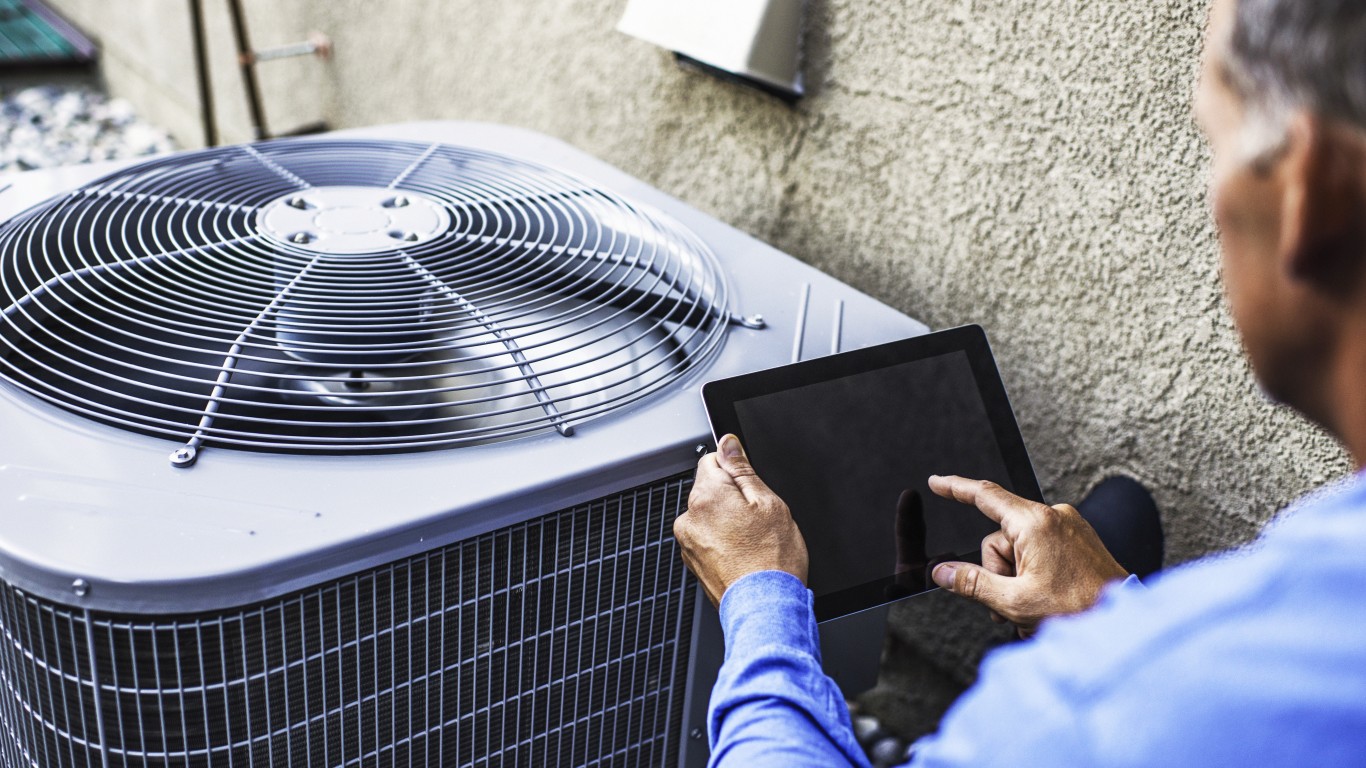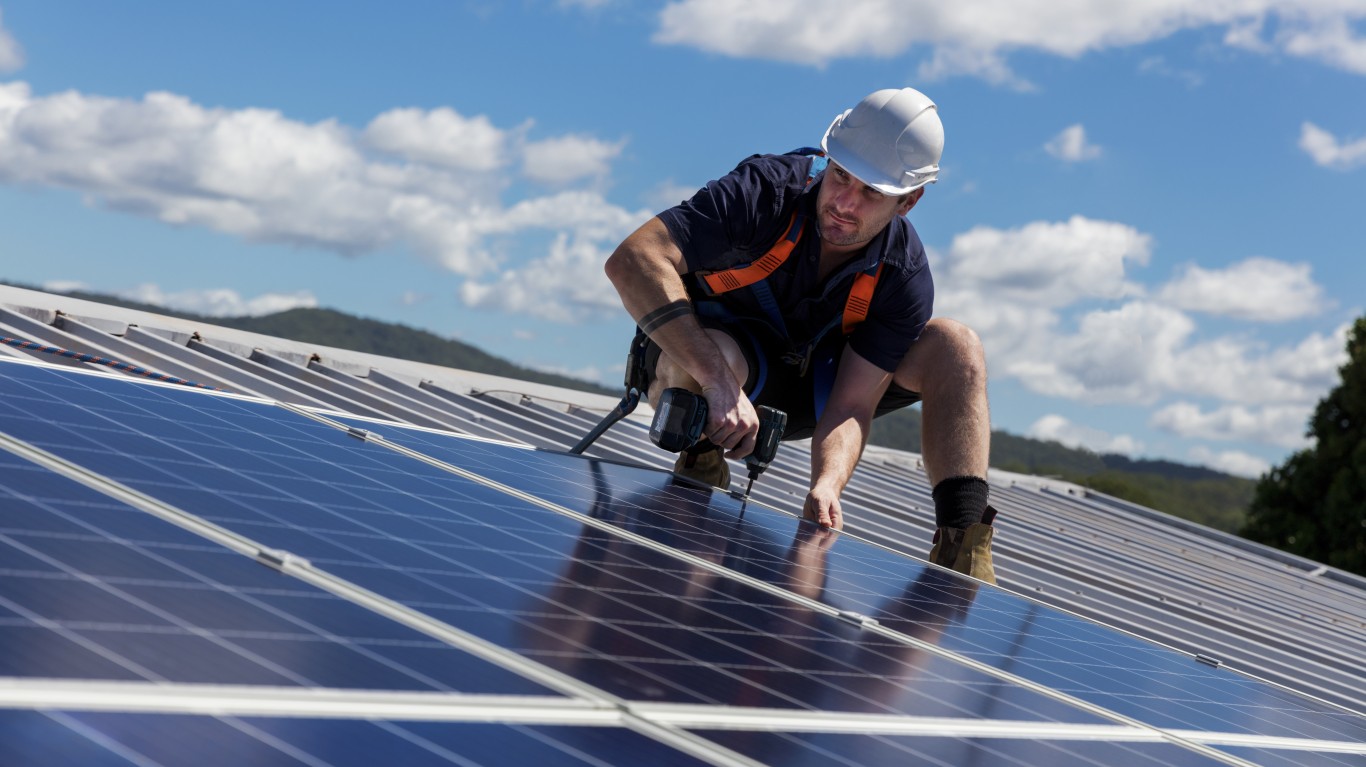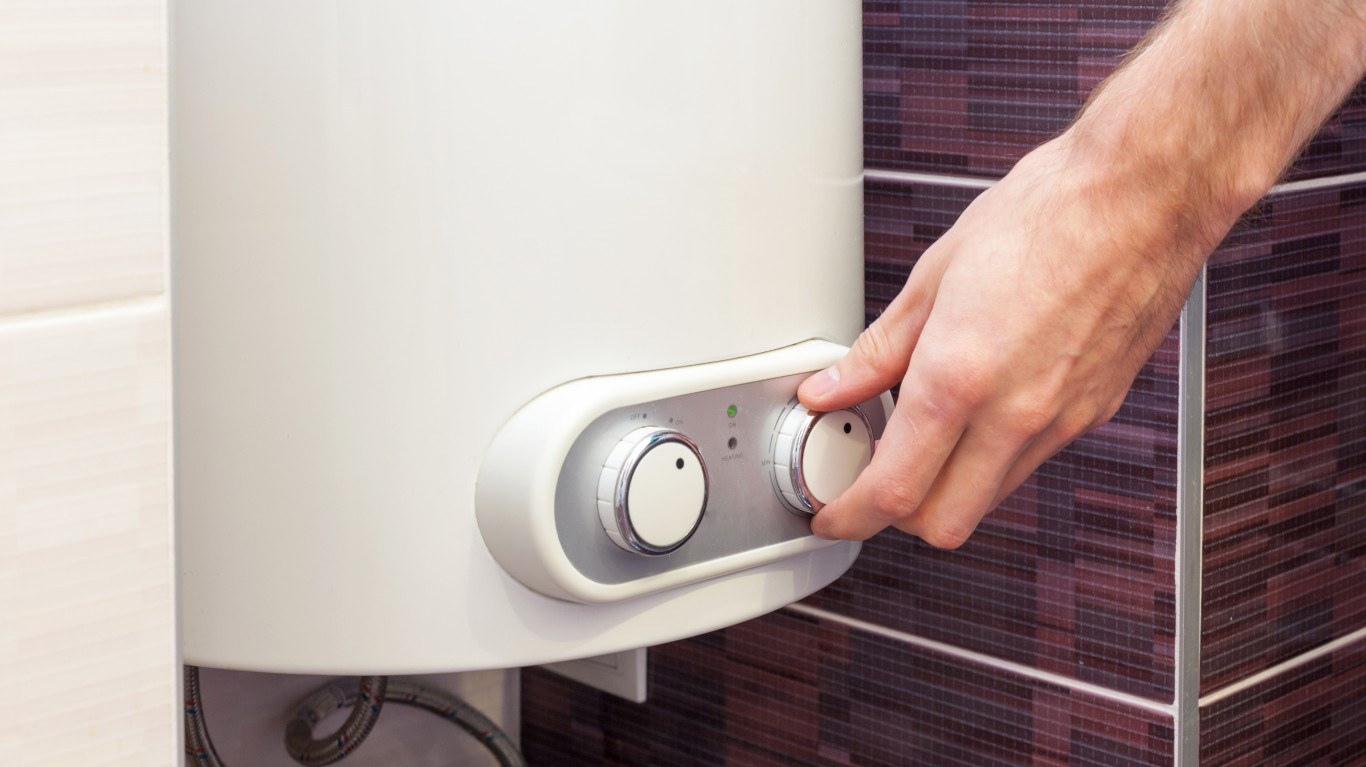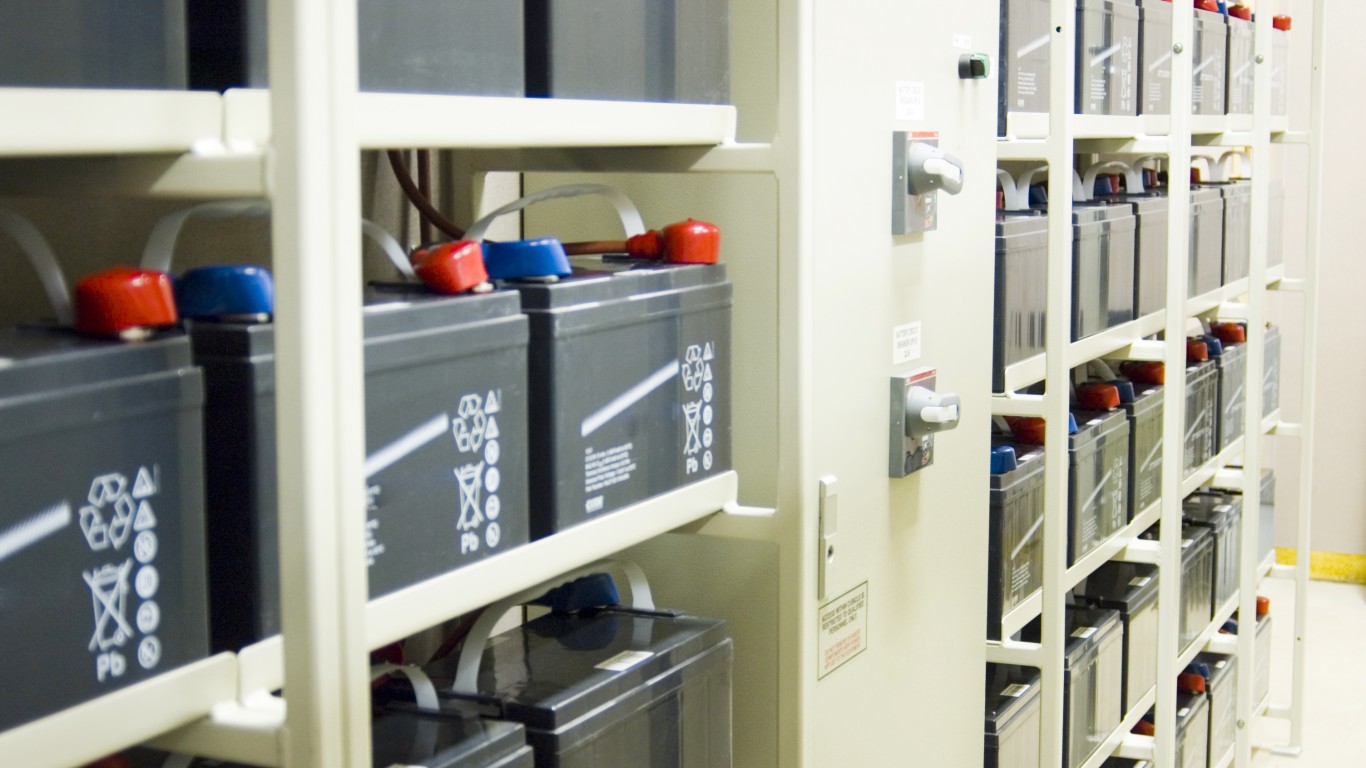
The American home tends to reflect the priorities and style of the people who live in it, evolving over time to meet the needs and desires of its occupants. Take any home from any year and you will be able to deduce when that home was built and what the people who lived in it valued in their society. The homes of the future will prioritize renewable energy, lowering electricity costs, and other similar things.
But what do those changes look like? While we might imagine the home of the future in different ways, the technology that is already being implemented in some homes could be adopted across the nation very soon. Here are 10 renewable energy technologies that will soon be in every home.
#1 Carbon-Neutral Heat Pumps

Heat pumps are an established part of interior cooling, and have been popular for many decades, but many buildings continue to be heated and cooled through natural gas or fossil fuels. Heat pumps also have been major contributors to greenhouse gas emissions. In hot regions, heat pumps work 24 hours per day in order to remove the heat from a building and make it livable. As the adoption of heat pumps increases, the technology in their construction has also evolved into a new version that runs on renewable energy and has significantly less environmental impact.
On their own, carbon-neutral heat pumps have the potential to cut up to 500 million tons of carbon emissions by 2030. As homeowners learn more about the impact of owning a home, they will soon insist on more environmentally friendly alternatives to existing equipment.
#2 Solar Panel Windows

Every home has windows and recent technological advancements have shown that those same windows can be used to harness solar power while still allowing light into the home. The energy that produces solar power is different from the light that passes through the window, so new window tech could allow everyday homes to power themselves without installing massive, expensive, and ugly solar panels on the roof. This technology is already being tested on high-rise skyscrapers with promising results, and it is only a matter of time before cheaper versions become available for homeowners.
#3 Renewable Eco-Friendly Building Materials

This is technology that will be in your home in every sense of the word. As supply chains shorten and new materials are invented, developers are learning new ways to frame, build, and construct homes in cheaper and more sustainable ways than using traditional materials.
This can include using existing materials like bamboo, rammed earth, or other natural resources, or using materials made from recycled garbage and other cheaper, safer, and more energy-efficient sources.
#4 Grey Water Recycling Systems

Grey water is water that goes down the drain in sinks, bathtubs, and other similar areas. This water can be safely recycled to be used in the home again without the need for heavy treatment like sewage water. Not only would recycling grey water in your home save on your water bill and reduce water consumption, but it also reduces the load at water treatment plants and sewage lines.
Naturally, grey water recycling systems would take a lot more effort to incorporate into existing homes, requiring a full redesign of the pipes and plumbing of a home. That’s why it is likely to only be included in newer home constructions.
#5 Solar Roof Tiles

What if, instead of covering your roof with bulky, expensive solar panels, your roof tiles harnessed the power of the sun instead? This is the thinking behind the invention of solar roof tiles.
These new tiles would harness solar energy for the home just like solar panels, but they would also be strong enough to function as normal roof tiles. In the near future, solar roof tiles could become the default option, meaning lower energy bills for the home without having to think about long leases for solar panels.
#6 Solar Water Heaters

Typical water heaters use natural gas or electricity from other fossil fuels to heat the water in your home. Solar-powered water heaters would be able to heat water without even needing to be attached to the electrical grid at all. Newer technology would also allow water heaters to continue working during the night and low-sun seasons with battery implementations.
#7 Vehicle Charging Ports

As electric vehicles become more popular, the need to charge them also increases. Some electric car companies sell batteries and home charging equipment so you can charge your car at home, but none of these are actually implemented into the construction of the home and aren’t planned for when the electrical system of the home was being installed.
In order to actually be useful, electric car charging ports need to be able to fully charge a car battery in a matter of minutes, which is something most home chargers aren’t capable of doing. Prospective home buyers will begin to insist that new homes have the ability to charge electric cars, or at least have the capability to have the equipment easily installed.
#8 New Smart Glass Windows

We’ve gotten pretty good at insulating our homes. We can keep them warm in the winter and cold in the summer, but windows throw off that insulation. Hot summer sun can increase the temperature within a home if shades or blinders are not installed.
Smart glass windows work in much the same way as adaptive sunglasses: they let visible light into the home while reflecting or absorbing harmful radiation and other wavelengths that heat up the home. What makes these windows “smart”, however, is the ability to transition from fully transparent to opaque to any stage in between. This makes smart glass a perfect replacement for shades or curtains and much more earth-friendly as it consumes fewer resources and helps the home maintain its temperature throughout the day.
#9 Home Energy Monitors

Yes, there are energy readers on the outside of your home that inspectors can look at every once in a while, but they don’t really give you any helpful information on how to run your home on a day-to-day basis.
The integration of the Internet into anything and everything has led to the creation of what is known as “the Internet of Things” or IOT. We can debate the usefulness of having your fridge and coffee maker connected to the internet, but the fact remains, that those devices with internet capability already exist.
One of the best uses of this interconnectivity is home energy monitors. These monitors would be able to show you what appliances are using energy, how much they are using, and when they use it. They would also allow homeowners to control the flow of energy in their homes and best plan the schedule of electricity consumption in areas where electricity prices change throughout the day.
Too much electricity is wasted on appliances and lights that aren’t in use, and giving homeowners a tool to keep track of that waste is a great step to reducing wasted power.
#10 Home Batteries

As homes are able to generate their own electricity on their own (whether through solar power, wind power, or otherwise) homeowners are expecting to keep more of that power for themselves instead of relying on greedy utility companies.
Simple, high-capacity home batteries will soon become a standard part of any new home construction, connected to the solar tiles, wind generators, or geothermal energy sources. Climate change will continue to severely impact humanity, and as the weather continues to worsen, families will want to have reliable power available in their homes in case of disaster.
Thank you for reading! Have some feedback for us?
Contact the 24/7 Wall St. editorial team.



